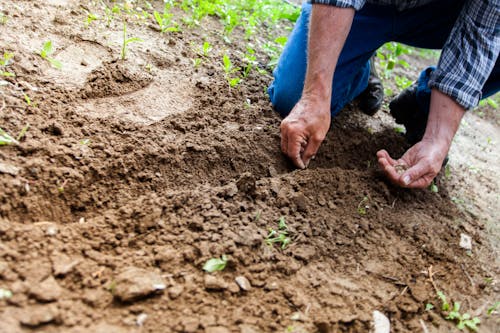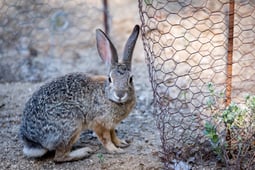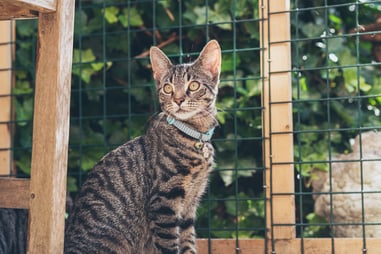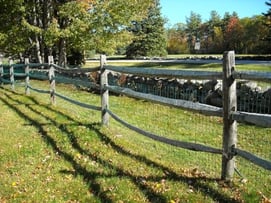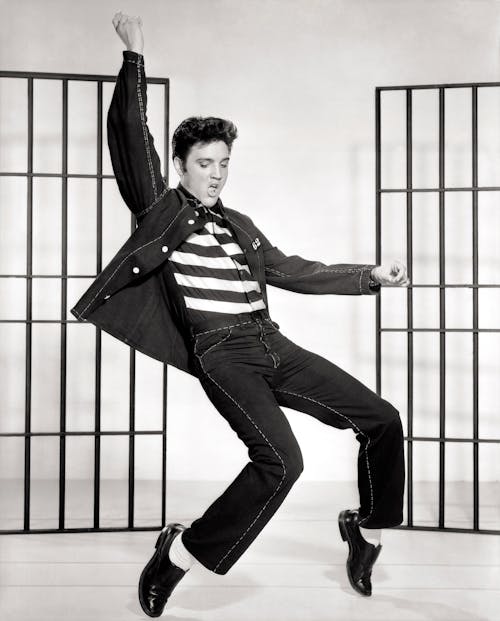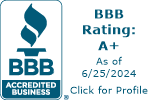Straight Lines and Proper Tensioning
What is the process for installing a deer fence? This video from Tornado Wire in the UK will show you how, including: pounding the posts, tensioning and tying off the line wire, installing a brace post, placing and driving intermediate posts, tying off fence material, final tensioning, and stapling. Look and learn how it's done in the UK.
Tornado has introduced high tensile wire to the UK. Their complete line of agricultural fence products is produced in their own manufacturing facility in the town of Alcester, county of Warwickshire, England.









